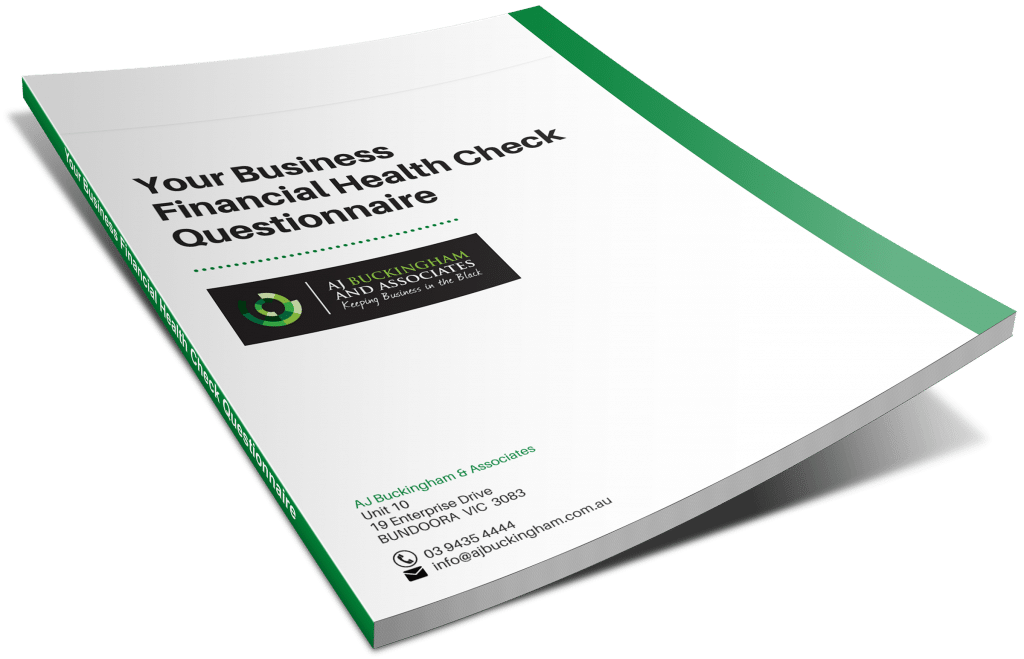1. Phoenix Activity
Phoenix activity is where companies are deliberately gutted of assets and income to pay their debts to the ATO and other creditors including employees. This activity has come at a great cost to the Australian community with the flow on effect of the Government not receiving the tax revenue to fund services and businesses collapsing because they have not been paid by the phoenix companies.

Finally, the Government will implement measures to make the directors of these companies personally liable. The corporations law and the tax law will be amended to make the deliberate avoidance of paying debts illegal. The new measures will target:
- People who conduct or facilitate illegal phoenix activities.
- Directors deliberately backdating resignations to avoid liability or prosecution.
- Restrict the ability of related creditors to vote on a company to be liquidated.
- Directors to pay the avoided debts including income tax, GST and luxury car tax.
- Tax refunds which will not to be paid by the ATO.
The Budget papers do not announce a commencement date as yet.

2. Division 7A Changes
Division 7A is an extremely complicated provision in the tax law whereby loans usually made by private companies to their shareholders are taxed as unfranked dividends unless the loan is reflected in a complying loan agreement by a certain time. What makes this provision even more complicated is the interaction of the unpaid present entitlements (UPE) rules (i.e. where a trust declares a distribution to a related company but does not pay the distribution) with these deemed dividend provisions.
In last year’s Budget, the Government proposed some new rules to Division 7A (e.g. a self-correction mechanism if Division 7A was inadvertently triggered, new safe harbour rules and a new option of a single compliant loan of 10 years) that were due to apply from 1 July 2018. In this budget the Government extended the start date of these measures to 1 July 2019.
From 1 July 2019, the Government will ensure that unpaid present entitlements (‘UPEs’) come within the scope of Division 7A of the Tax Act. This will apply where a related private company is made entitled to a share of trust income as a benefi-ciary but has not been paid. This measure will ensure the UPE is either required to be repaid to the private company over time as a complying loan under Section 109N of the Tax Act or is subject to tax as a dividend.

3. Changes to the Research & Development Incentive
The government intends to make the following important changes to the research and development (R&D) tax incentive:
- Increase the maximum amount of R&D expenditure eligible for the 43.5% refundable offset (for companies with turnover of less than $20 million) or 38.5% non-refundable offset (for companies with turnover of $20 million or more) from $100 million to $150 million;
- For companies with an aggregated annual turnover of $20 million or more, the Government will introduce a marginal R&D premium that ties the rates of the 38.5% non-refundable offset to the amount of R&D expenditure incurred by a company (e.g. can qualify for a higher R&D incentive if the company does more R&D activities);
- For companies with aggregated turnover below $20 million, the refundable R&D tax offset will be a premium of 13.5 percentage points above a company’s tax rate.
- Cap cash refunds from the refundable offset to $4 million per year (Note: R&D tax offsets in excess of the $4 million will be carried forward and become non-refundable tax offsets in future years);
- Publicly disclose claimant details and the R&D expenditure they have claimed.
Currently only R&D expenditure up to $100 million qualifies for either the 43.5% or 38.5% offset – expenditure in excess of $100 million will only qualify for a tax offset equal to the company tax rate (i.e. 30% or 27.5%). Under the proposal, an extra $50 million of expenditure (i.e. the difference between $150 million and $100 million) will qualify for higher offsets.
The introduction of the marginal R&D premium will benefit businesses with an aggregated turnover of $20 million or more with substantial R&D activities because such businesses will qualify for the higher offsets. This will be based on the incremental intensity of R&D expenditure as a proportion of total expenditure for the year.
Businesses that qualify for refundable offsets of more than $4 million per year will lose the cash refund mechanism on the excess amounts because such excess refunds will become non-refundable in future years. Note, however, that refundable offsets from R&D expenditure on clinical trials will not count towards the cap.

